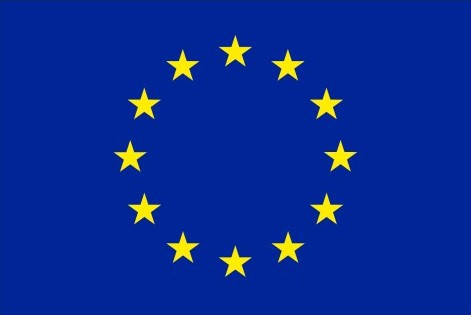Abstracts ECM
Mining conditional partial order graphs from event logs
Jonny Beaumont (PGR)
Process mining techniques rely on event logs: the extraction of a process model (discovery) takes an event log as the input, the adequacy of a process model (conformance) is checked against an event log, and the enhancement of a process model is performed by using available data in the log. Several notations and formalisms for event log representation have been proposed in the recent years. We aim to show how Conditional Partial Order Graphs (CPOGs), a recently introduced formalism for compact representation of families of partial orders, can be used in the process mining field. We present algorithms for extracting both the control flow as well as the relevant data parameters from a given event log and show how CPOGs can be used for efficient and effective visualisation of the obtained results. We demonstrate that the resulting representation can be used to reveal the hidden interplay between the control and data flows of a process. Finally, we present open-source software support and discuss current limitations of the proposed approach.
Stable Exponential Random Graph Models with Non-parametric Components for Large Dense Networks
Stephanie Thiemichen, Institut fuer Statistik, Ludwig-Maximilians-Universitaet Muenchen
Exponential Random Graph Models (ERGM) behave peculiar in large networks with thousand(s) of actors (nodes). Standard models containing two-star or triangle counts as statistics are often unstable leading to completely full or empty networks. Moreover, numerical methods break down which makes it complicated to apply ERGMs to large networks. We propose two strategies to circumvent these obstacles. First, we employ a subsampling scheme to obtain (conditionally) independent observations and secondly, we show how linear statistics (like two-stars etc.) can be replaced by smooth functional components. These two steps in combination allow to fit stable models to large network data, which is illustrated by a data example including a residual analysis.
Factors Driving the Network to a Certain Blockmodel Type
Marjan Cugmas, FDV, University of Ljubljana
The global structure of a network can be described by a blockmodel. There are four basic and most common blockmodels’ types: cohesive, core-periphery, hierarchy and transitivity; with some special cases such as asymmetric core-periphery and transitivity with ties between the units on the same level. On the other hand, the structure of a particular network can be described by some local network characteristics such as the distribution of different types of triangles, shared partners and other statistics. It is known that one could easily discriminate between the global structures, considering local characteristics, in the case when there are no errors in analyzed networks with a specific blockmodel structure. The current presentation will highlight the relationship between several local network characteristics and different amounts of errors in networks with different types of blockmodels.
A procedure for the propagation of uncertain evidence in Bayesian Networks based on Probability Kinematics
Sabina Marchetti, Sapienza University, Rome
We introduce the Soft Propagation algorithm as a generalization of the Junction Tree algorithm to the case of soft evidence, characterizing hard instances as particular cases of soft observations. As a first step, hard instances are absorbed by conditionalization, and messages are passed toward the root clique of a modified junction tree. Such clique contains all of those nodes on which soft evidence is asserted. We characterize probability kinematics as the natural generalization of conditionalization and hence, as a second step, revise accordingly the probability distribution over the root clique's elements, before we propagate back. Within the discrete Bayesian Networks framework, our procedure provides a revised probability distribution, which on one hand is consistent with the evidence, while on the other it minimizes the Chan-Darwiche (CD) distance with the density updated by hard instances, according to the minimum change principle. We show how, fixed some revision schedule, the CD-distance between the density, as updated by hard observations, and any probability distribution which statisfies the constraints posed by soft evidence, is minimized by our procedure, which revises the first by probability kinematics. We provide tight bounds on the amount of belief change induced by soft evidence and thus propose an empirical approach for the general case, when no revision schedule is readily avaiable. As a special case, we prove that iterated belief revision occurring by probability kinematics is commutative whenever the so-called Bayes-Factors identities hold, yielding to an exact procedure. Finally, we extend the Soft Propagation algorithm to the case of uncertain evidence, taking into account the presence of virtual instances.
Reconstructing collaborations between political parties from bill cosponsorship networks
Mirko Signorelli, Department of Statistical Sciences, University of Padova
Joint work with Ernst Wit
Political scientists have often investigated collaborations between parliamentarians by considering bill cosponsorship networks, focusing their attention mostly on the community structure and the behaviour of minorities in the Congress of the United States. In this talk, I will consider bill cosponsorship networks in the Italian Chamber of Deputies over the last 15 years. If compared to the Congress, a distinguishing feature of the Chamber is the presence of a large number of political groups: the primary purpose of the analysis is thus to infer the pattern of collaborations between these groups.


